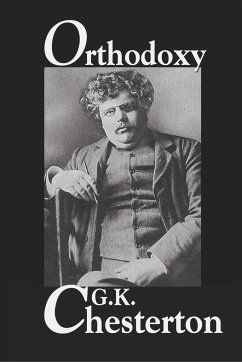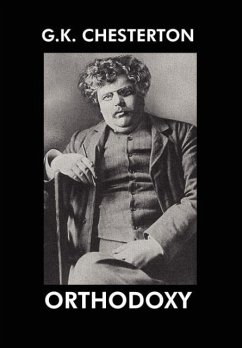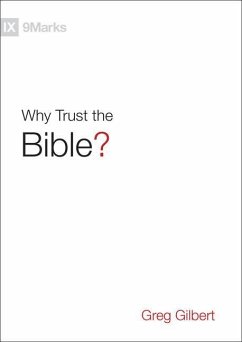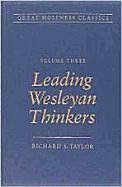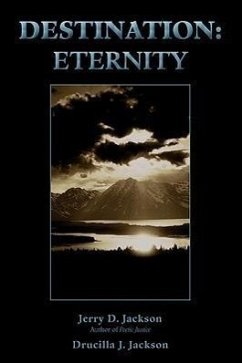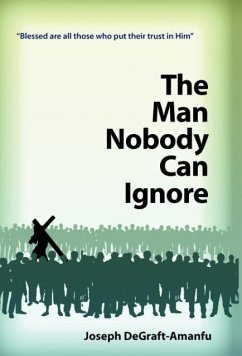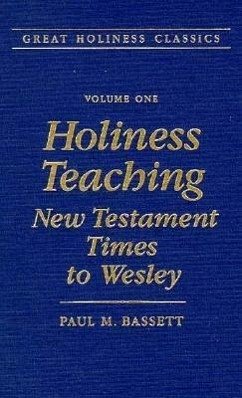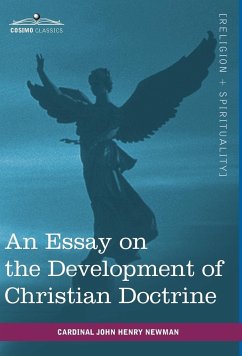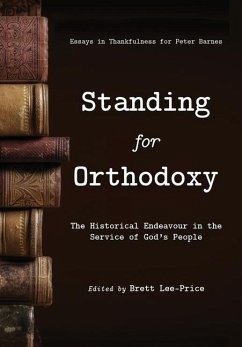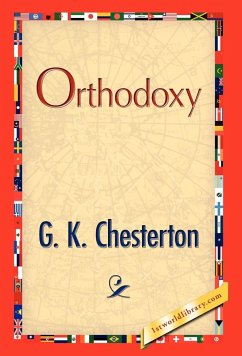
Orthodoxy
Versandkostenfrei!
Versandfertig in über 4 Wochen
24,99 €
inkl. MwSt.

PAYBACK Punkte
12 °P sammeln!
Once upon a time there lived upon an island a merry and innocent people, mostly shepherds and tillers of the earth. They were republicans, like all primitive and simple souls; they talked over their affairs under a tree, and the nearest approach they had to a personal ruler was a sort of priest or white witch who said their prayers for them. They worshi-pped the sun, not idolatrously, but as the golden crown of the god whom all such infants see almost as plainly as the sun. Now this priest was told by his people to build a great tower, pointing to the sky in salutation of the Sun-god; and he p...
Once upon a time there lived upon an island a merry and innocent people, mostly shepherds and tillers of the earth. They were republicans, like all primitive and simple souls; they talked over their affairs under a tree, and the nearest approach they had to a personal ruler was a sort of priest or white witch who said their prayers for them. They worshi-pped the sun, not idolatrously, but as the golden crown of the god whom all such infants see almost as plainly as the sun. Now this priest was told by his people to build a great tower, pointing to the sky in salutation of the Sun-god; and he pondered long and heavily before he picked his materials. For he was resolved to use nothing that was not almost as clear and exquisite as sunshine itself; he would use nothing that was not washed as white as the rain can wash the heavens, nothing that did not sparkle as spotlessly as that crown of God. He would have nothing grotesque or obscure; he would not have even anything emphatic or even anything mysterious. He would have all the arches as light as laughter and as candid as logic. He built the temple in three concentric courts, which were cooler and more exquisite in substance each than the other. For the outer wall was a hedge of white lilies, ranked so thick that a green stalk was hardly to be seen; and the wall within that was of crystal, which smashed the sun into a million stars. And the wall within that, which was the tower itself, was a tower of pure water, forced up in an everlasting fountain; and upon the very tip and crest of that foaming spire was one big and blazing diamond, which the water tossed up eternally and caught again as a child catches a ball.



